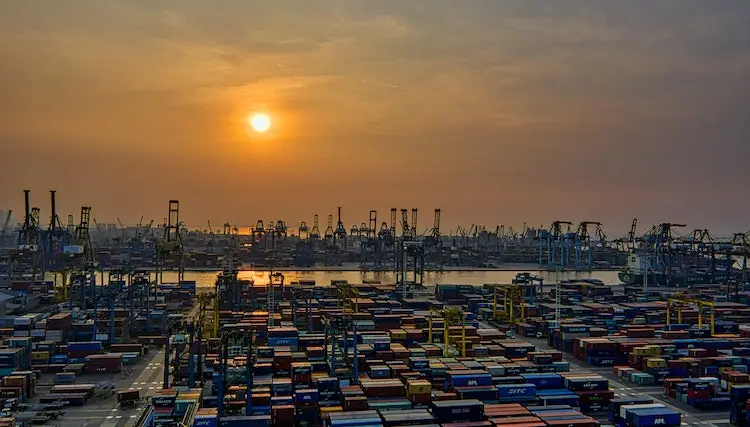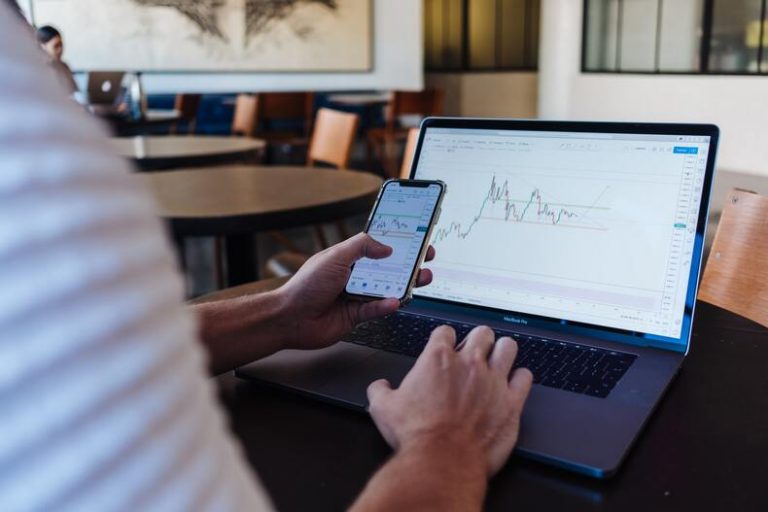Pump, Price, and Profit: The Three P’s of Oil Trading
Oil, commonly termed “black gold,” has been a driving force behind global geopolitics, shaping economic structures, and impacting our daily routines. Its vast influence can be categorized under three primary pillars: the mechanisms of Pumping, the determinants of Pricing, and the pursuit of Profit.
Pump: The Lifeblood of Modern Civilization

Since Edwin Drake pioneered the drilling of the first commercial oil well in Pennsylvania in 1859, the methods and technologies used in oil extraction have experienced profound advancements and evolutions.
Major oil-producing regions
The Middle East, with Saudi Arabia at the forefront, dominates the global oil landscape by possessing over 40% of the world’s oil reserves. Meanwhile, North America, especially the U.S., alongside Russia and certain regions in Africa, also makes substantial contributions to global oil production and reserves. For those interested in witnessing these complex interplays firsthand, the Oil Loophole serves as a notable oil trading platform. This article aims to dissect each of these dimensions, offering a thorough insight into the world of oil trading.
Exploration and Production
Modern oil extraction methods are a testament to the convergence of advanced technology and geoscience. Techniques such as deep-sea drilling, horizontal drilling, and hydraulic fracturing (fracking) stand as prime examples of innovations that have transformed the industry. These advancements have enabled more efficient and environmentally conscious extraction processes, reshaping the landscape of oil production.
Price: The Volatile Nature of Oil Markets
Price determination in the oil market is a complex web of various factors.
Factors influencing oil prices
Geopolitical events, such as the Iraq War or the imposition of sanctions against countries like Iran, significantly influence global oil prices. Furthermore, fluctuations in supply and demand, combined with environmental factors like hurricanes that disrupt refining processes, can lead to substantial shifts in oil price dynamics. These elements underline the complexities involved in understanding and predicting oil market behavior.
OPEC’s Role
The Organization of the Petroleum Exporting Countries (OPEC) is an influential body comprising 13 member countries as of 2021. Its primary role is to coordinate and unify the petroleum policies of its member countries. By regulating production levels, OPEC seeks to stabilize global oil prices, thereby ensuring a steady revenue stream for its members and providing a reliable supply of oil to consumers.
Price benchmarks
Oil price benchmarks vary globally, with two of the most prominent being Brent Crude and West Texas Intermediate (WTI). Brent Crude primarily represents European oil markets, while WTI serves as a standard for U.S. oil. The pricing of these benchmarks is crucial as they often set the tone for oil trading, acting as a reference point for buyers and sellers worldwide.
Profit: The Business Side of Oil
With vast sums of money involved, the oil industry is arguably the backbone of many economies.
Major Players
International Oil Companies (IOCs) like ExxonMobil, BP, and Shell often operate globally, while National Oil Companies (NOCs) such as Saudi Aramco or Gazprom are state-owned entities controlling a nation’s oil resources.
Downstream Sector
Once oil is extracted (upstream), it heads downstream, where it’s refined into gasoline, diesel, and myriad other products. This sector also involves distribution and retail, bringing oil derivatives to consumers.
Oil Trading: Navigating the Slippery Slope
Trading is where the pulse of the oil market beats the hardest.
Basics of Oil Trading
Oil can be traded as a physical commodity (spot markets) or via contracts predicting future prices (futures). These mechanisms ensure both current and future supply-demand equilibrium.
Major Oil Trading Hubs
While oil is traded globally, specific hubs like Singapore, Rotterdam, and Houston dominate the scene, setting standards and trends.
The Environmental and Ethical Implications of Oil Trade
Beyond the numbers lies the reality of oil’s impact on our world.
Climate Change
The burning of fossil fuels, primarily oil and its derivatives, is a leading cause of greenhouse gas emissions, hastening global warming.
Ethics of Oil
Oil spills, such as the infamous Deepwater Horizon incident, bring ecological devastation. Additionally, some oil-rich regions grapple with human rights abuses, where oil wealth does not translate to public welfare.
Industry’s Response
In the face of these challenges, the industry isn’t static. Cleaner extraction methods, investments in renewables, and stricter governance are signs of an industry in flux.
The Future of Oil: Beyond the Three P’s
Oil’s future is a contentious subject.
Peak Oil Theory
Some believe we might soon reach a point where oil production peaks, then starts to decline as reserves deplete.
Innovations
However, technology isn’t stagnant. The shale oil revolution in the U.S., and the emerging biofuels market, are evidence of the industry’s adaptability.
Transition to Renewables
As the world gradually shifts to renewables, the oil industry’s dominance will wane, but its legacy, infrastructure, and expertise could play a part in the next energy chapter.
Conclusion
The concept of the Three P’s of Oil serves as a valuable lens through which we can gain insight into the expansive, complex, and sometimes contentious realm of oil trading. In an era where the world finds itself at a critical juncture in terms of energy choices, the trajectory of oil continues to wield immense influence over the direction of global development and progress.






